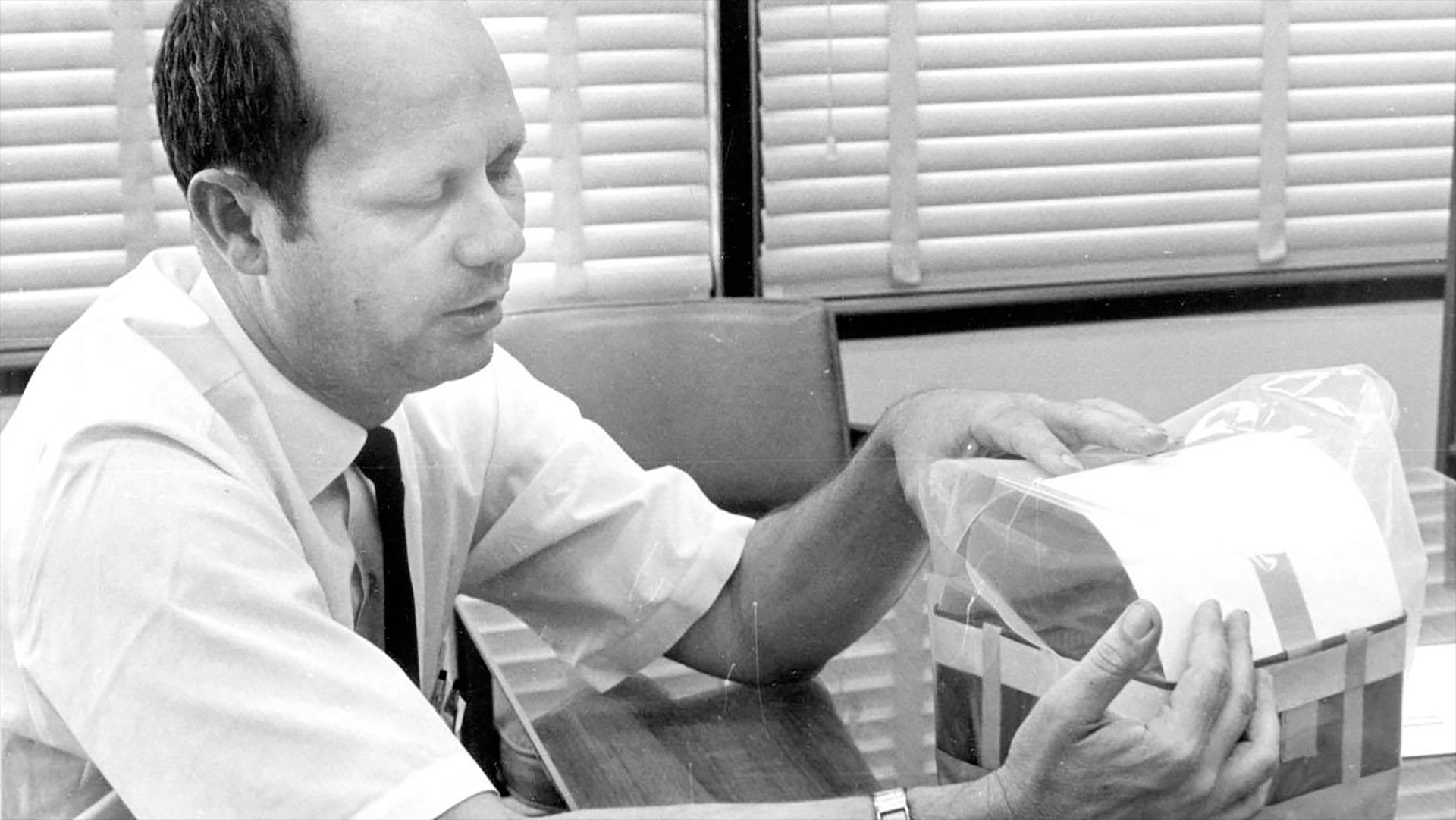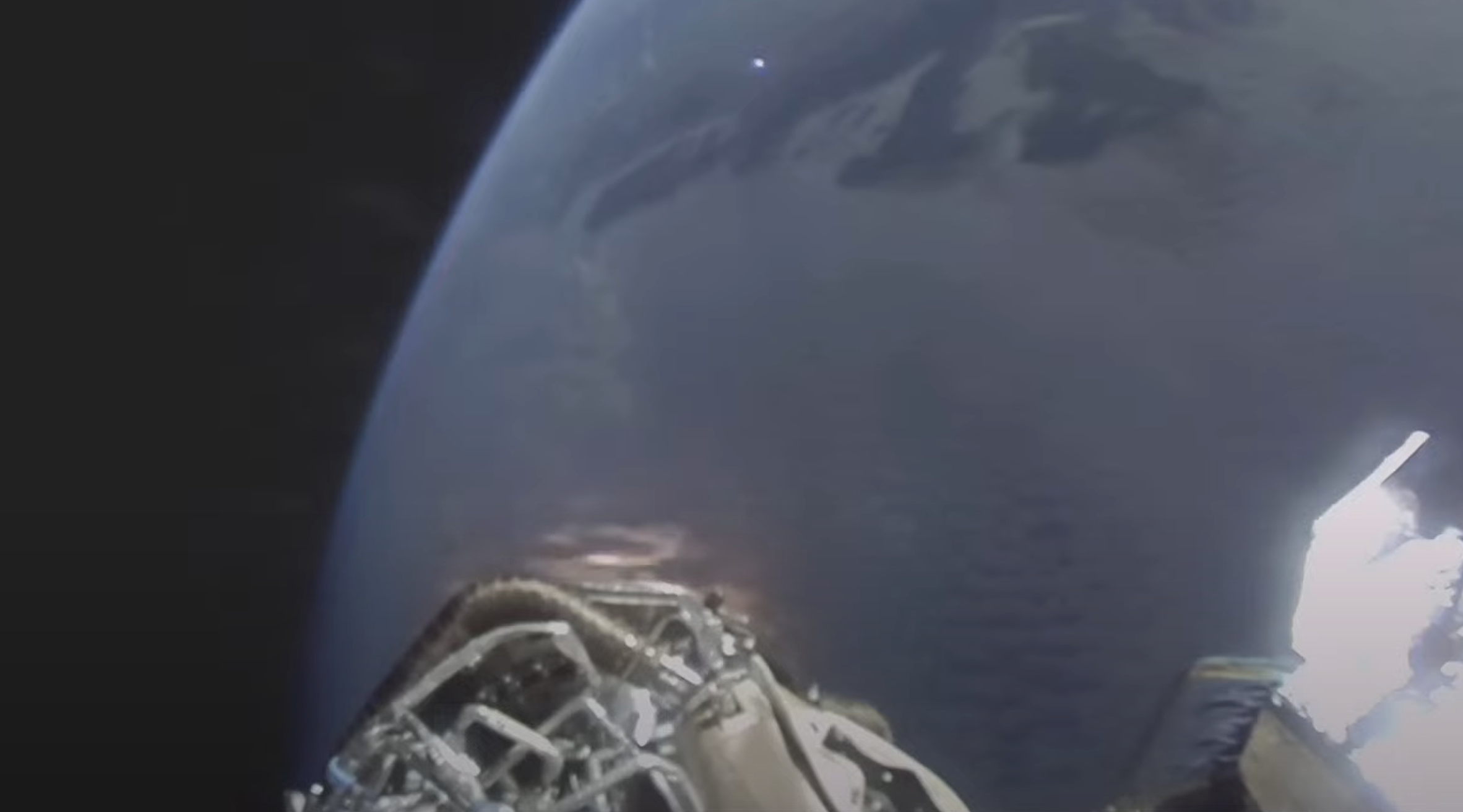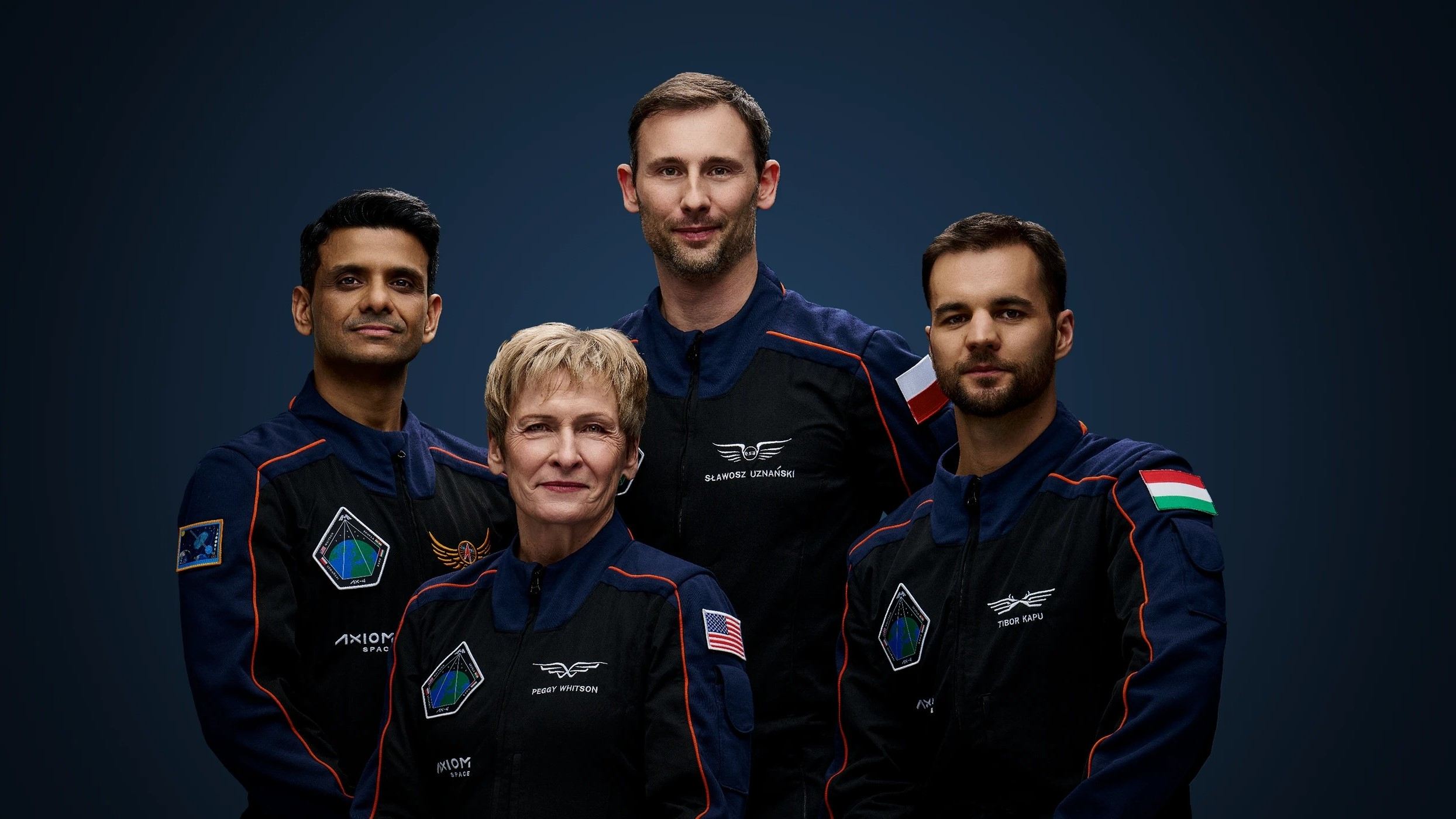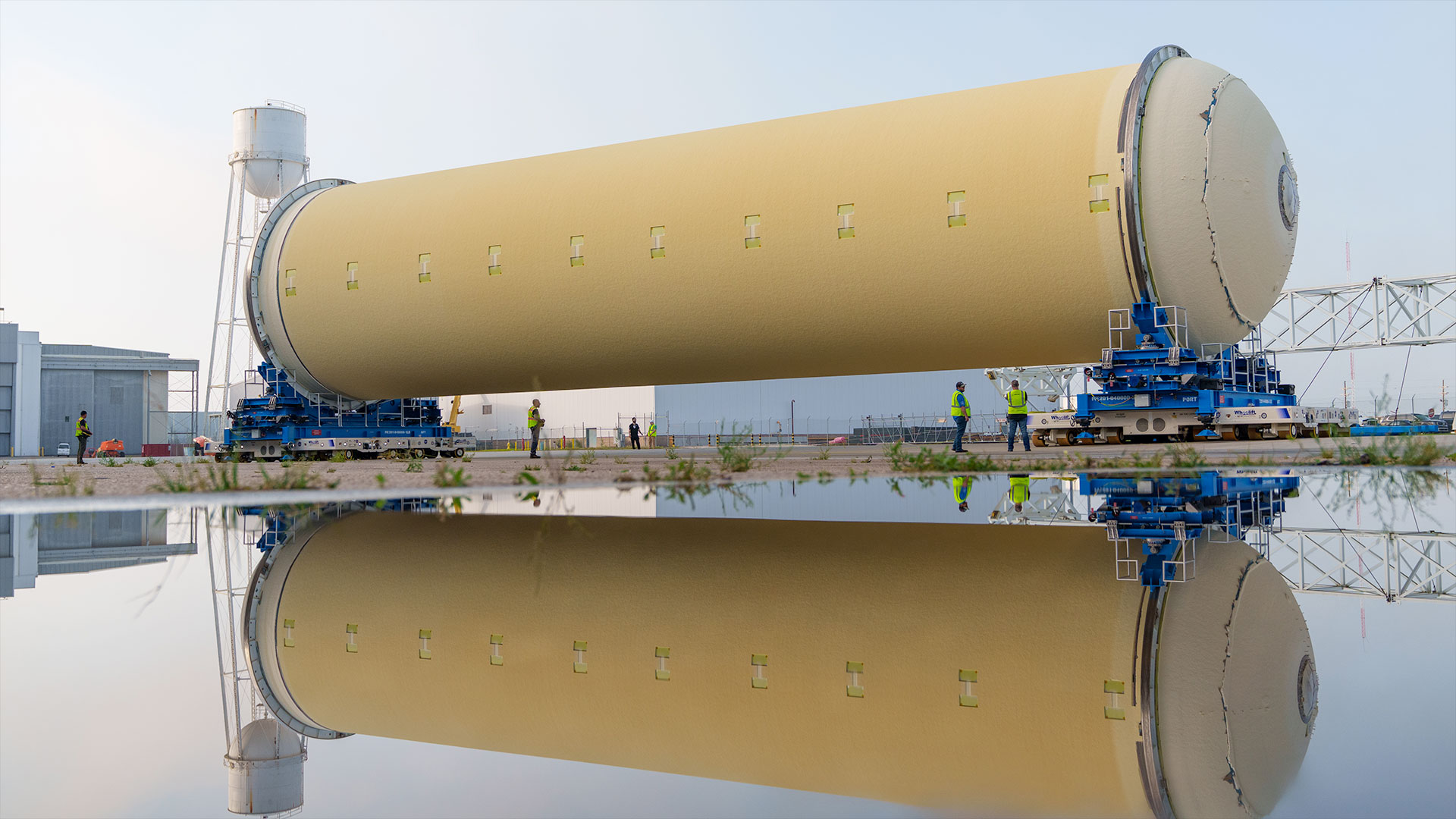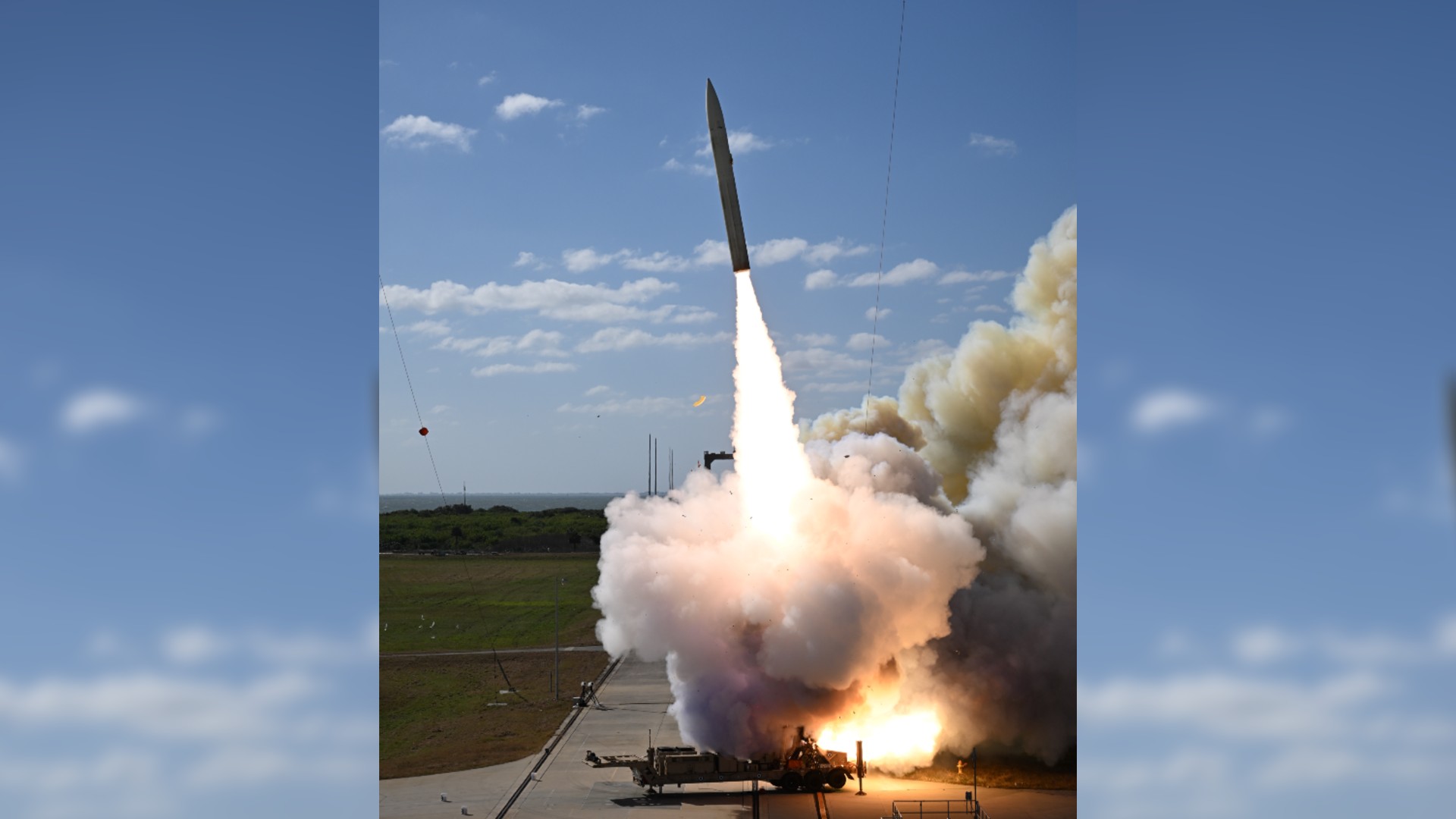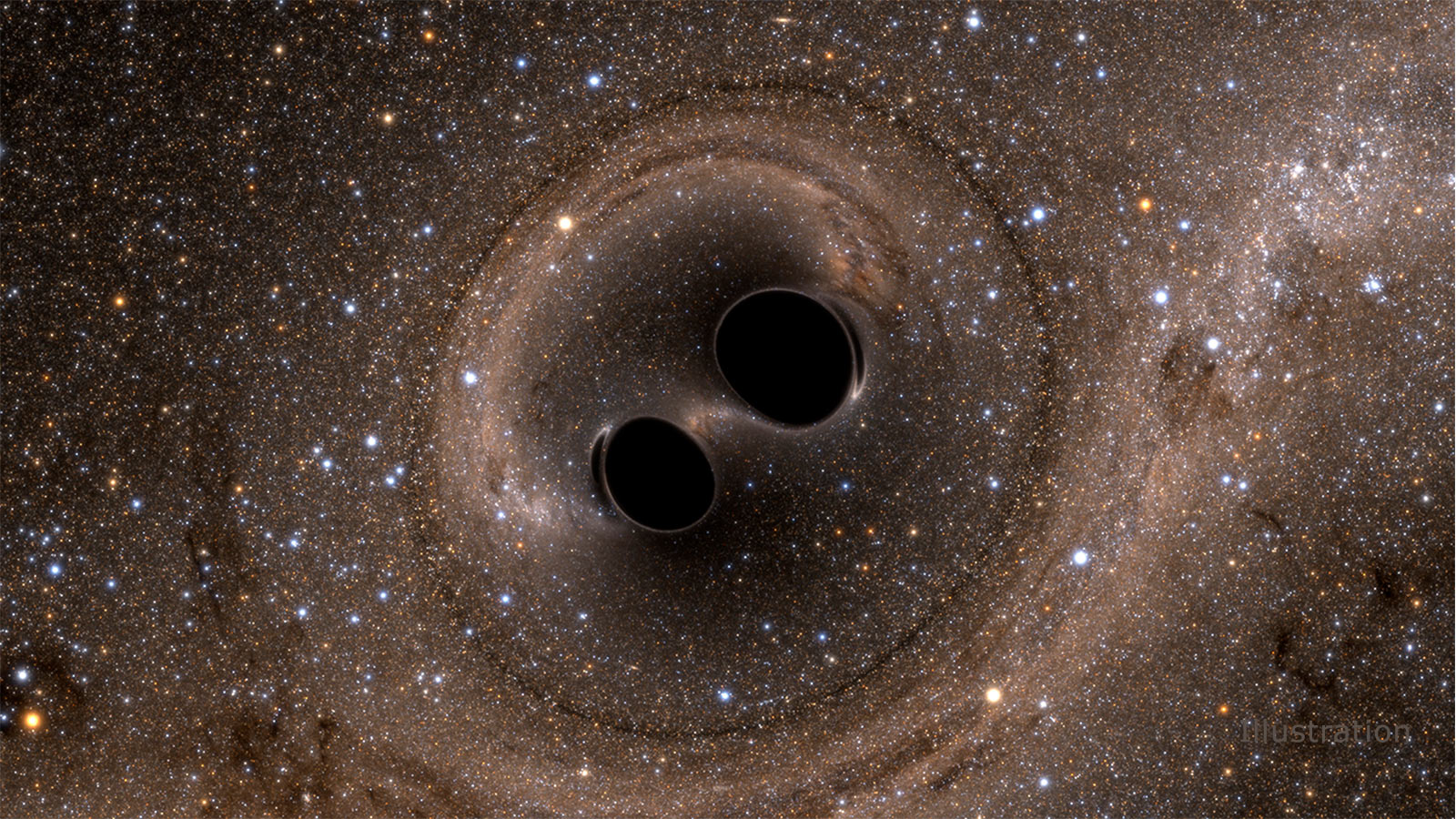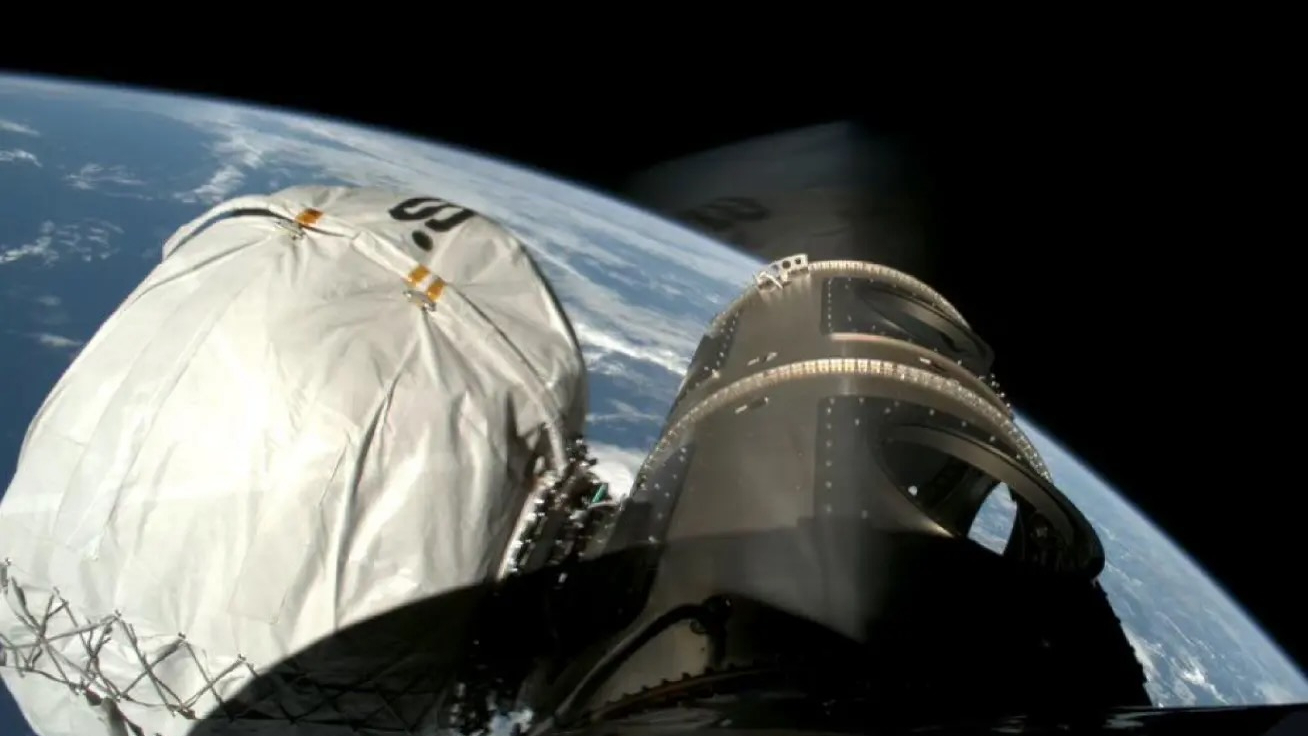
A European reentry capsule notched some important milestones on its first-ever spaceflight last week — and took some photos to commemorate the trip.
Phoenix 1, a prototype spacecraft built by German company Atmos Space Cargo, rode to the final frontier on April 21 via SpaceX's Bandwagon-3 rideshare mission.
Phoenix 1 was tasked with demonstrating some key reentry tech, such as the capsule's inflatable heat shield. Atmos also aimed to collect information about the flight and record scientific data from the customer experiments that flew aboard Phoenix 1 as well. All of these objectives were indeed met during the flight, according to Atmos.
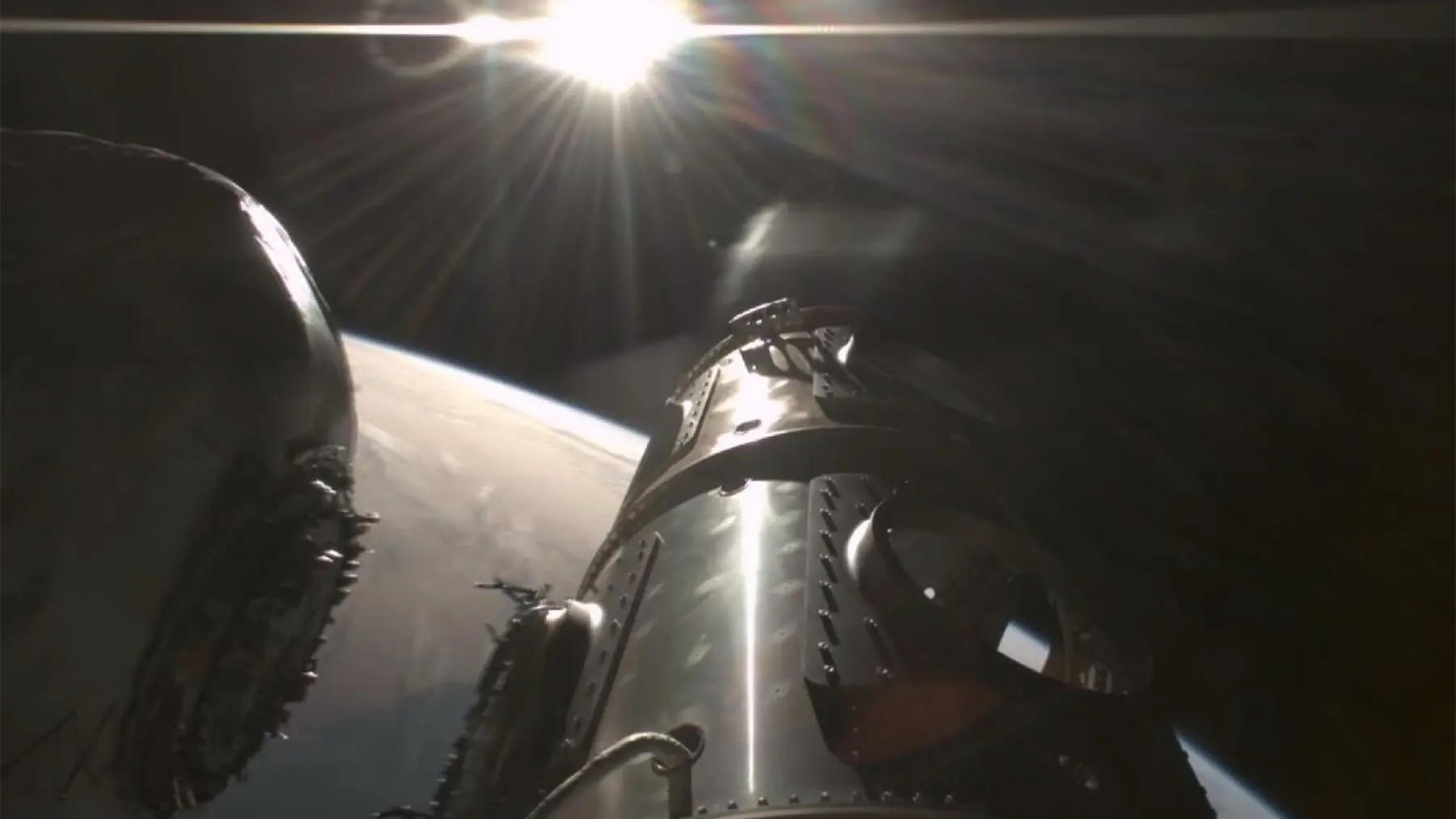
"Phoenix 1 was a milestone mission that showcased the incredible capabilities of our team," Marta Oliveira, Atmos' co-founder and chief operating officer, said in an April 23 update. "This mission proves that we’re not only solving the technical challenge of re-entry — we're laying the groundwork for a future where space is accessible, testable and impactful for innovation here on Earth."
That update included two photos of Phoenix 1 in space. In one image, it's still attached to the Falcon 9 rocket's upper stage; in the other, the capsule has just separated and started its return to Earth.
Phoenix 1 reentered Earth's atmosphere southeast of the Brazilian coast about two hours after launch, according to update. The capsule splashed down in the Atlantic Ocean, about 1,240 miles (2,000 kilometers) offshore.
Atmos could not retrieve data from the final stages of Phoenix 1's descent; the company didn't recover the capsule and said in the update that it hadn't planned to, given how far out to sea the craft landed.
Get the Space.com Newsletter
Breaking space news, the latest updates on rocket launches, skywatching events and more!
Atmos says it developed the Phoenix 1 pathfinder in less than a year. The recently completed mission will help the company build Phoenix 2, which is expected to launch in 2026 and will be more capable than its predecessor.
"Atmos' current roadmap for Phoenix 2 confirms to feature its own propulsion system, enabling the capsule to choose its reentry trajectory and splashdown zone, enabling swift recovery," the company wrote in the April 23 update.
Over the longer haul, Atmos aims to provide customers with a cost-effective and efficient way to bring valuable materials from space down to Earth.
"Our mission is to revolutionize space logistics, enabling groundbreaking advancements in microgravity research, in-orbit manufacturing, defense applications and life sciences," the company's website reads.
Join our Space Forums to keep talking space on the latest missions, night sky and more! And if you have a news tip, correction or comment, let us know at: community@space.com.

Michael Wall is a Senior Space Writer with Space.com and joined the team in 2010. He primarily covers exoplanets, spaceflight and military space, but has been known to dabble in the space art beat. His book about the search for alien life, "Out There," was published on Nov. 13, 2018. Before becoming a science writer, Michael worked as a herpetologist and wildlife biologist. He has a Ph.D. in evolutionary biology from the University of Sydney, Australia, a bachelor's degree from the University of Arizona, and a graduate certificate in science writing from the University of California, Santa Cruz. To find out what his latest project is, you can follow Michael on Twitter.
You must confirm your public display name before commenting
Please logout and then login again, you will then be prompted to enter your display name.
